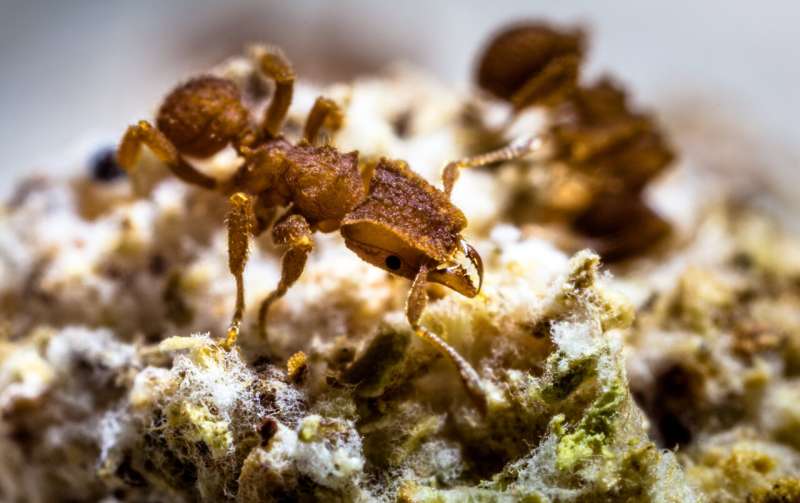Discover the remarkable story of how ants have been practicing agriculture for millions of years, long before humans ever set foot on Earth. Explore the intricate partnership between ants and fungi that has endured for over 66 million years, and learn how this ancient relationship holds valuable lessons for modern agriculture. Ants and fungi have been intertwined in a remarkable evolutionary dance, and their story offers a fascinating glimpse into the resilience and adaptability of life on our planet.

Farming Before Humans
A new study changes that view—some animals have been actively preparing their food for tens of millions of years before the early humans, or agriculture as we know it today. These unsung heroes of an ancient agricultural revolution are the incredible ants.
Fungi farming was something ants started doing 66 million years ago, just after a massive asteroid had hit Earth and the dinosaurs went bye-bye according to an updated timeline on new research. Giant fungi weren’t the cause of the world’s biggest mass extinction, but by consuming what died they sure did help. Taking advantage of this opportunity, some enterprising ants started to use these durable fungi and established a mutually beneficial partnership — the foragers themselves still collecting leaves just as they did when free-living and uncultured.
Ants and Fungi Prove They Are Great at Evolutionary Dance
Led by entomologist Ted Schultz of the Smithsonian’s National Museum of Natural History, researchers gathered genetic data collected from hundreds of ant and fungus species in order to piece together the specifics of this longstanding collaboration. According to their analysis between the two organisms’ evolutionary trees, they can also determine when ants first started cultivating fungi — a pretty impressive example of farming.
Their data indicated that ants and fungi have been associated for at least 66 million years, suggesting an origin near the Cretaceous-Paleogene mass extinction. As Earth’s ecosystems crashed from the fallout, fungi took over, and ants exploited (a) rich source of food. Those insects perfected their farming skills over the next 40 million years, eventually evolving into “higher agriculture” around 27 million years ago.
Lessons from Ant Agriculture
It’s a remarkable evolutionary success, and researchers say we have a lot to learn from the hardworking bugs that still manage ant agriculture. Leafcutter ants, the most evolved fungus cultivator trailblazers, have sophisticated colonies reaching into millions. The ants forage fresh vegetation to feed their fungal crops, which they then cultivate to produce a special type of food called gongylidia that helps sustain the colony.
Such a complex web of interdependence and individual function provides an excellent model for sustainable, closed-loop agricultures. The evolutionary tactics employed by ants to survive gained over millions of years might hold inspiration for food production in the modern day, as we struggle to balance agricultural yield with the need for sustainability. Maybe we can figure out how to feed an expanding human population and the fragility of our planet by studying the ancient wisdom of those agricultural pioneers, who for a billion years have sustained us.
